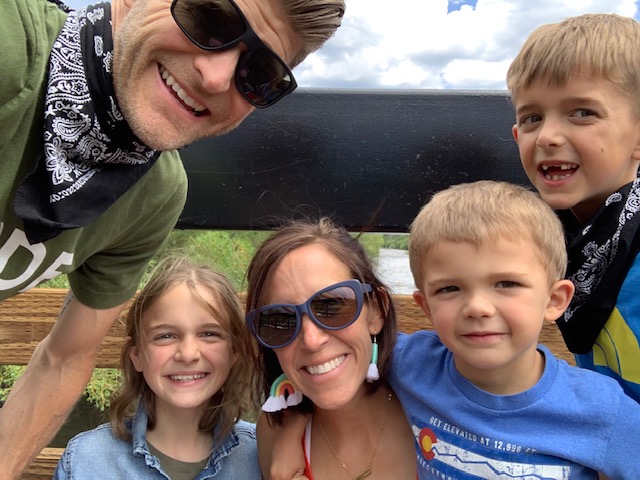We can create more inclusive and equitable pods. This is happening….so let’s do it right.
Thanks to author Sara Peters who is a Mom, former educator and Possip team member. This is one of a series of blogs from our Possip community with ideas on “thinking outside of the school building”.
There are many words that prior to March 2020 weren’t part of our vernacular—”social distancing”, “coronavirus” and now, let’s add “pod” to this list.
If you aren’t a parent or a teacher, you may not know about this phenomenon that is literally sweeping the country. It has become controversial – and for good reason.
Pandemic Driven Pods
When the idea first emerged in my community in Denver, CO, I kind of thought it was a niche, novel idea. As it’s becoming increasingly clear that students may not be returning to in-person learning this calendar year, and/or parents are opting not to send their child back to school buildings, Moms across the country, seemingly simultaneously, had the idea to bring small group of kids together, and form “pandemic pods”.
As a mother of three children, this idea of bringing together a small group of similarly aged children to learn and socialize was immediately appealing. Distance learning did not work for our family, and the isolation of the pandemic has been so hard on my kids. Perfect solution. Or so I thought…
Pods Increasing Inequity
I then realized that parents, largely white, affluent parents, were paying crazy sums of money, hiring highly qualified teachers and private tutors to help facilitate these pods. It quickly became clear that many children were going to be left out of this movement. Further, it may not even meet the needs or desires of all kids and parents.
No one can blame parents for trying to problem solve—I’ll tell you first hand, trying to work and “home school” 3 children was laughable at best. The prospect of having to do it again for another semester, another year, is enough to make me cry. And pods, as a concept, are actually a great idea. Keep the kids safe, healthy, socializing with their peers and learning.
But, how do you create truly inclusive pods? How do we ensure this doesn’t further fragment a system that has failed low-income children and children of color? How do we ensure this doesn’t become a creation of, and for, the “haves”?
Opportunities for Inclusive and Equitable Pods
The answer: Embrace what is happening (because, it’s happening), and facilitate the pod formation at the school level. Take it back to the school. Give every child an opportunity to join a pod. Create pods purposefully, mindfully and with intention, at the school level, for ALL children. And the beauty of a pod —they all can look different to truly support diverse learners and needs.
So what exactly could this look like?
Let’s just use the 2nd grade as an example. With school facilitated pods, all 2nd graders could be placed intentionally in pods, based on geography, pre-existing relationships, interest, ability, prior class placement, etc. And each unique pod could receive support directly from the school and/or district—some pods may need more support than other pods. Some pods may need instructional support. Some pods might need technology, supplies or a weekly visit from the PE teacher. Some pods might even need space, which the school could then potentially be in a place to offer. Some pods might not need as much support– if I pod (yes, I used pod as a verb), I’d likely need less support with my teaching background. But like I tell my kids at least 47 times a day, fair means everyone gets what they need, not that everyone gets the same thing.
What if this grassroots, largely mother-led pod movement could be inclusive of and transformative for ALL kids?
Equitable Pods Can Lead to a Win-Win
What if this model is a win-win? What if schools and communities can redistribute resources to really, truly meet the needs of all kids? What if teachers who choose to are able to safely teach a tiny group of 4-6 kids outside? What if other teachers could virtually support multiple pods? What if teacher’s own children are placed in pods so they can keep doing their job? And what if, in the end, outcomes for all students are better?
This is happening. Let’s embrace it. But let’s do it right. The concept and execution of “pandemic pods” literally cropped up overnight. It is coming with incredible organization and sophistication (I’m in numerous pod Facebook groups). So it seems like a potential idea ready for replication. No other option put forward—staggered schedules, full-time in-person learning, hybrid learning, remote learning—is a real crowd-pleaser. So, it’s time to think outside the classroom, and take a good idea and make it great.



